
Three Expert Chefs Offer a Detailed Tour Through Asian Cuisine: Part One
31 January 2024Gain insights on ingredients, flavors and dishes indicative of East and Southeast Asia.
By Lisa Parrish, GMC Editor
Feedback & comments: This email address is being protected from spambots. You need JavaScript enabled to view it.
East and Southeast Asian food embodies sweet, sour and salty cooking principles. It heavily relies on spicy, bitter and bright flavors that balance a dish and push its umami qualities to the extreme. Encompassing ingredients such as coriander, star anise, Szechuan peppercorns, and more dried and fresh chilies than a cook can count, create Asian dishes that are complex, aromatic and delicious.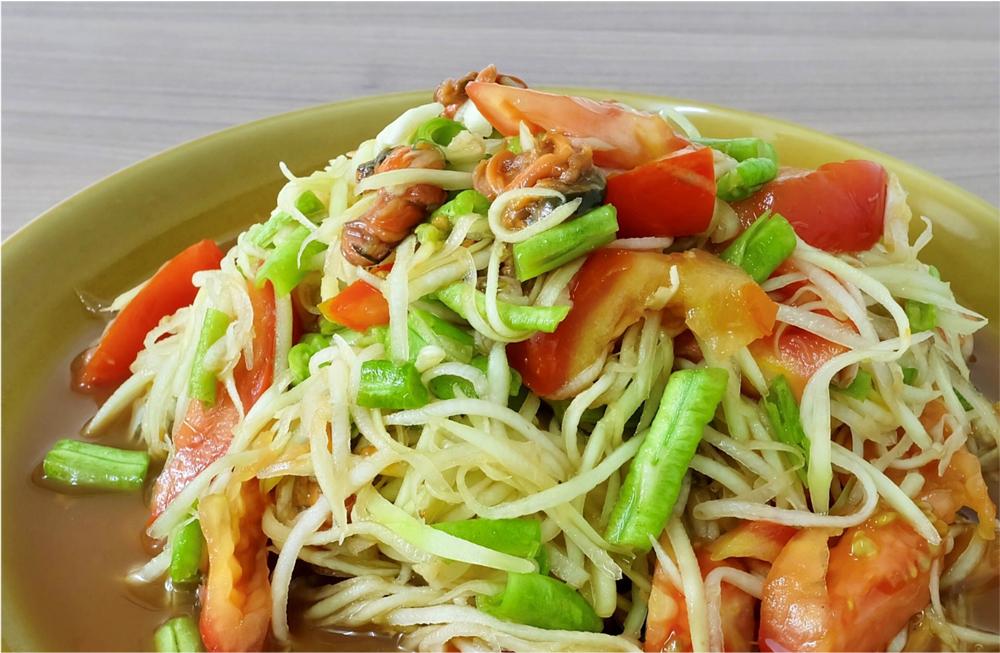
Not only is the cuisine layered in flavors and textures, but geographically speaking, the two continental subregions are amassed with varied desserts, mountains, plateaus, and oceanic archipelagos. East and Southeast Asia constitute more than 6 million square miles and is home to more than 22 percent of the world’s population at 2-plus billion people. No two cultures in the 23 countries that comprise the Asian subregions are the same. (Click here for an instructional video: What Are the Five Regions of Asia.) However, the entirety of this area falls under one culinary term: Asian cuisine.
Teaching Asian cuisine – with its many variances - to budding cooks at the beginning of their culinary careers is challenging. International chef experts Kevan Vetter, RJ Harvey and Jason Hernandez lent their experience and expertise in the region’s flavor foundations to help instructors teach their students important regional ingredients, specific cooking techniques and detailed reasons as to what makes Asian food craveable.
In this two-part series focusing on Asia's culinary specialties, this first story will delve into typical regional ingredients, how they are used and a few complete dishes that exemplify their locality’s best. The second story, publishing in the March Gold Medal Classroom edition, will highlight how students can join the global fusion trend and learn techniques to meld Asian fare with other cuisines for successful applications
Thanks to our chef experts:
- Chef Kevan Vetter, executive chef and senior director of culinary development for McCormick and Company
- Chef RJ Harvey, CEC, RDN, culinary director for Potatoes USA
- Chef Jason Hernandez, founder of Blade & Tine Culinary culinary consulting firm and chef co-founder of Graze Street AMI.
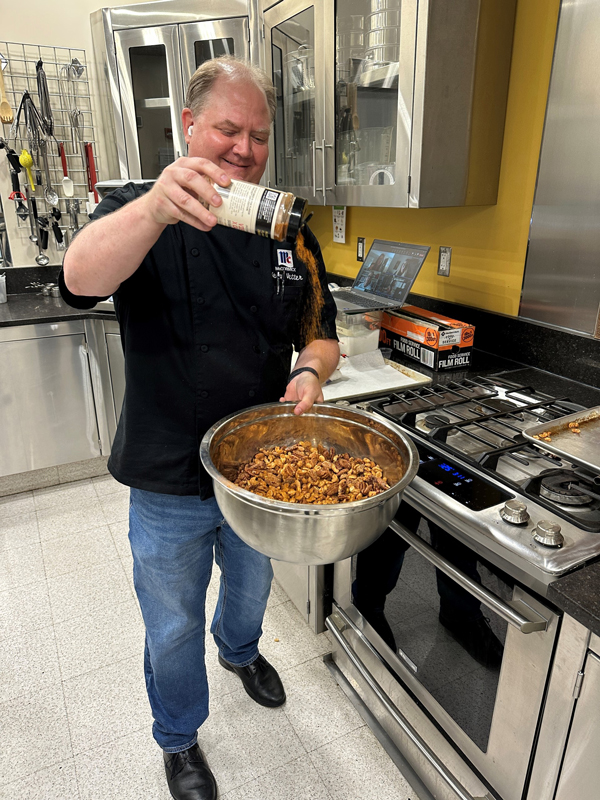 What ingredients achieve the unique flavors found in East and Southeast Asia?
What ingredients achieve the unique flavors found in East and Southeast Asia?
Chef Kevan Vetter
The use of ingredients such as fermented fish sauce, shrimp paste, sweet soy, and other umami-rich ingredients brings depth of flavor. Aromatics such as lemongrass, shallots, galangal, makrut lime leaves, ginger, cilantro, Thai basil, and mint bring brightness and freshness.
The predominance of citrus and souring agents in Southeast Asian cuisines comes from calamansi, sour guava, lime, vinegar, and Tamarind – the McCormick Flavor Forecast 24th Edition’s Flavor of the Year. Chefs achieve richness with Southeast cuisine often through the use of coconut milk in place of regular dairy.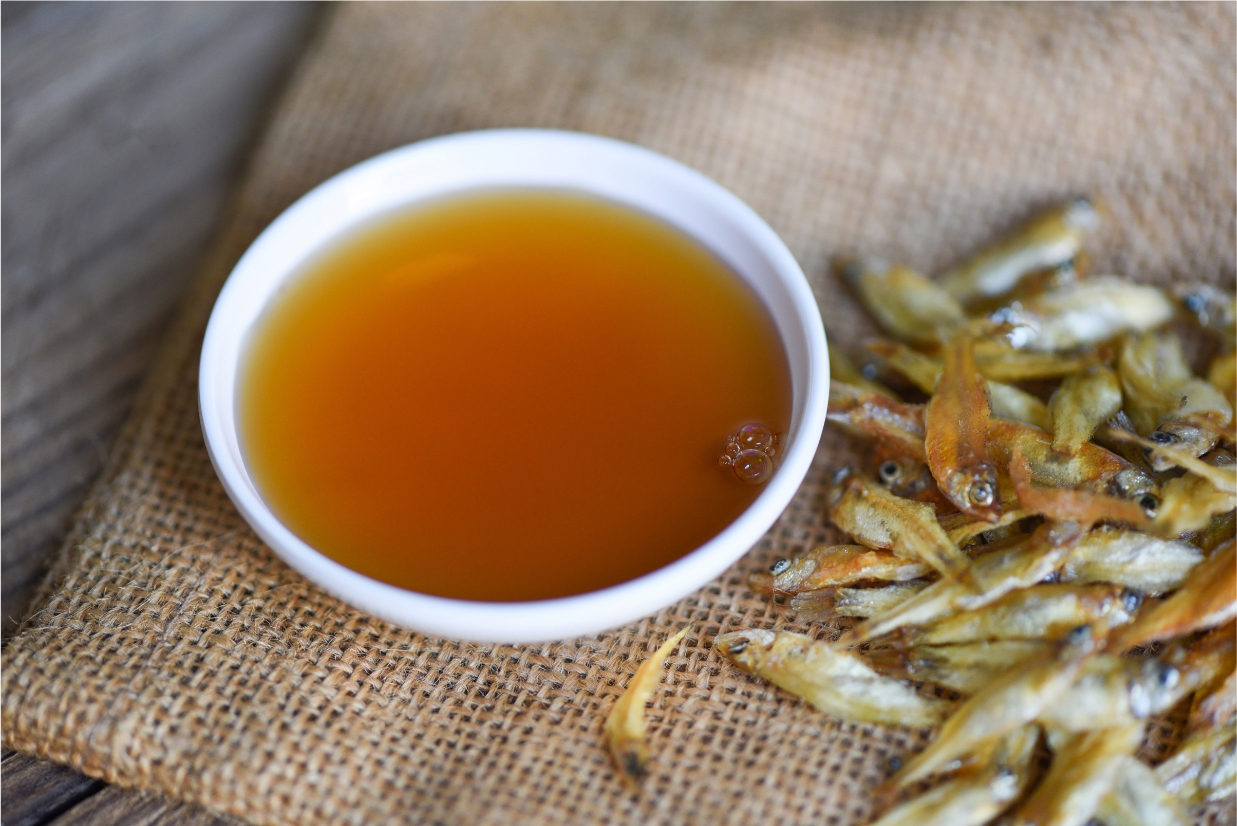
Chef Jason Herandez
Spices and flavors found in Southeast Asian cuisine include spicy chili sauces, wasabi, soy & tamari, furikake and fish sauce. These sauces are all staples in this region. Spices that pair well with other ingredients include turmeric, cardamon and asafetida.
Can you discuss pairing Asian flavors and ingredients?
Chef RJ Harvey
The balancing of Asian flavors is paramount to the intricacies that make this cuisine uniquely delicious and enjoyable.
Soy sauce, fish sauce, salted egg and pickled/fermented foods provide much more than a salty flavor, in that they provide a lot of complex umami that is lip-smacking good. When sauces and condiments are added to Asian flavors the flavor of umami is routinely the foundation. This flavor profile increases palatability and makes dishes truly craveable.
Something as simple as miso can make a simple roasted potato more complex and interesting. We can balance umami by adding the following flavors:
- Sour/acid increases the sensation of freshness and brightness.
Vinegars, citrus juice and pickled items can make foods enticing and prevent dishes from being bland. Whether it’s pickled kumquats, umeboshi plums, rice vinegar, tamarind paste, Buddha hand or passion fruit, there are lots of options to propel dishes to the next level in terms of acidity. - For sweetness, one could look toward honey, palm sugar, sweet soy, coconut sugar, caramel and fruits such as melons, papaya or bananas to counterbalance sour notes.
- Bitter is a flavor not often thought about but ingredients such as bitter melon, black garlic, cabbage, dark leafy greens such as yu choy, and of course certain cooking techniques like charring and grilling over an open flame can add these notes to many Asian dishes.
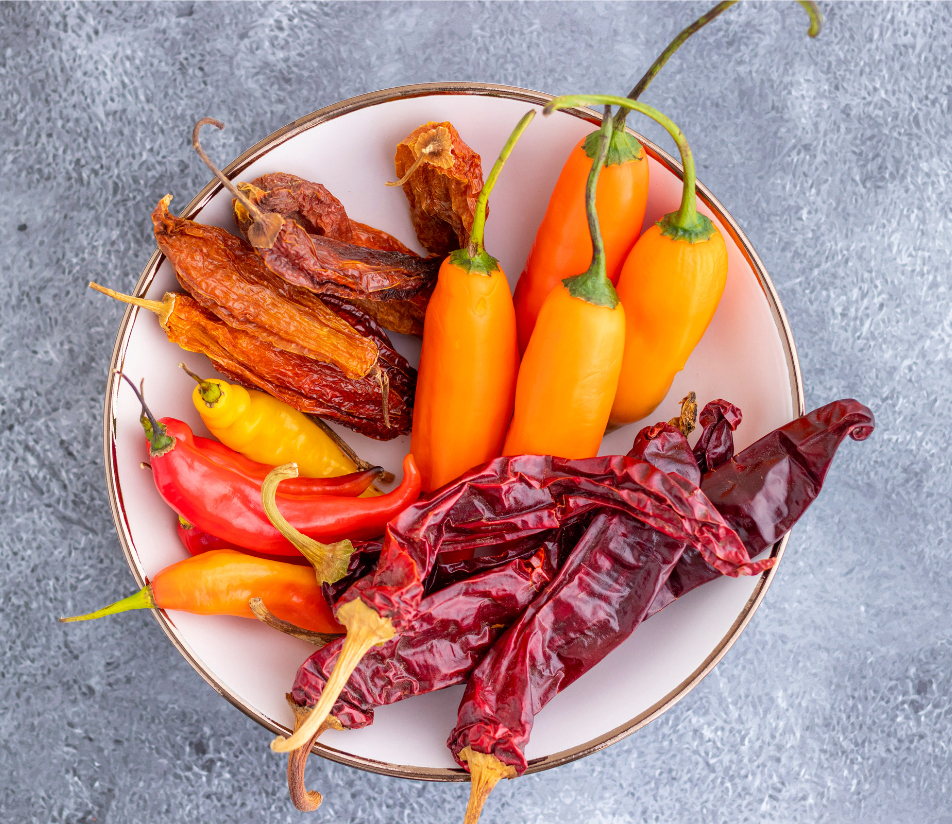
- Lastly, spice can provide excitement for the tongue whether it’s fresh, dried or fermented chilies, Szechuan peppercorns, white pepper, ginger or even raw garlic.
Here are a few specific chilies from different countries:
Japan: Togarashi is a chili spice blend and yuzu kosho is a fermented chili citrus paste.
Thailand: Thai chilies are fresh peppers from Thailand but used in many Southeast Asian countries.
Vietnam: Sriracha is a fermented hot sauce.
Malaysia: Sambal is a chili garlic paste.
China: Tien tsin chilies are dried chilies used in Chinese cuisine as are Chili Crisp and Chili Oils.
Korea: Gochujang is fermented pepper paste.
While it can be intimidating dredging through the vast array of ingredients, it can also be exciting and open up your culinary lexicon of ingredients.
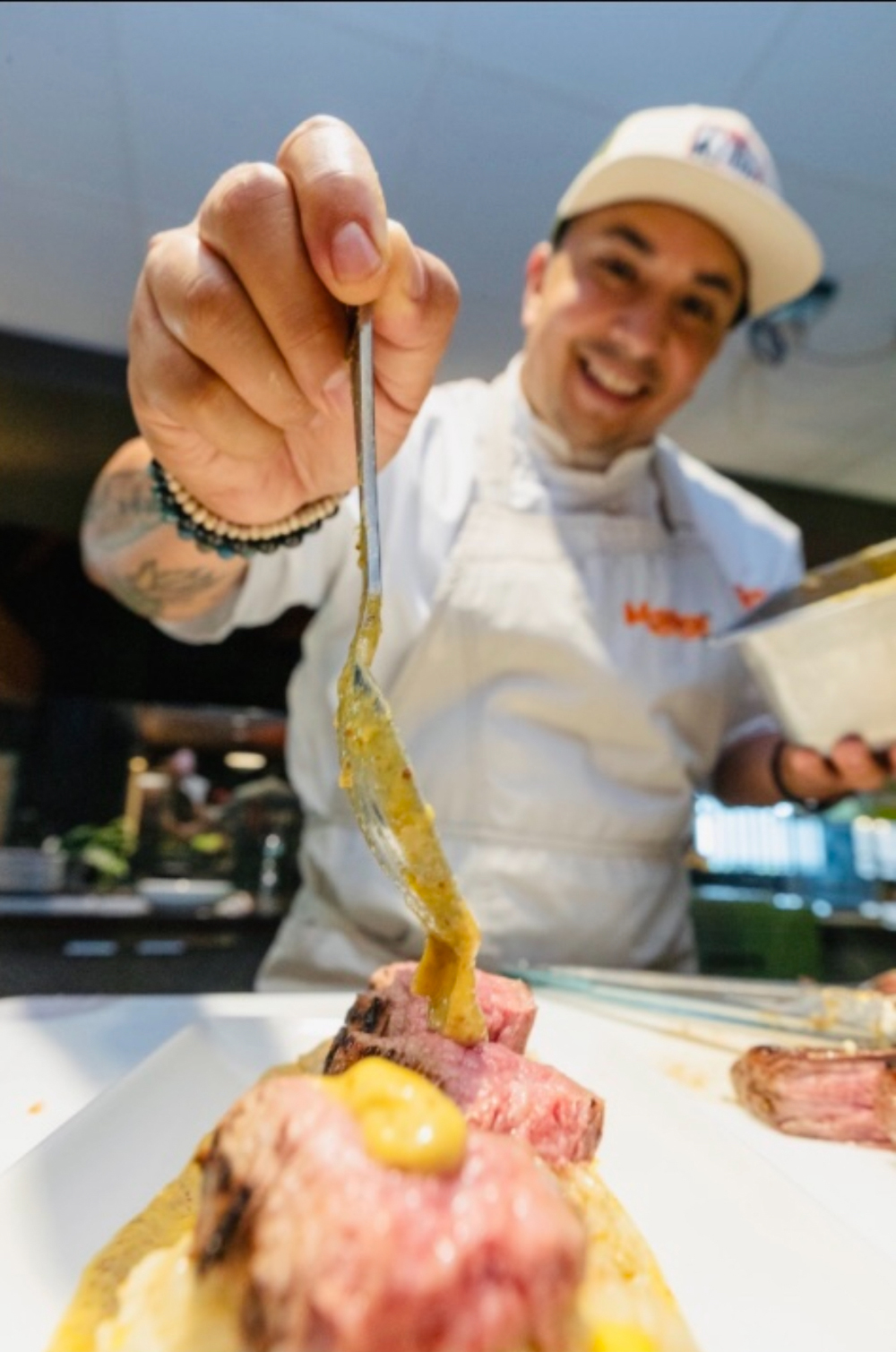 What cooking or other techniques develop the best flavor in these regional ingredients?
What cooking or other techniques develop the best flavor in these regional ingredients?
Chef Jason Hernandez
There are such a wide range of processes that help deliver more flavor from ingredients. Chili sauces and crisps help add flavor. Or, you could utilize oils, spices, or garlic to help build flavors. Pickling or fermenting fresh mango adds a depth of flavor that pairs with spices and fish sauce.
Chef RJ Harvey
Often foods are fermented, aged, dried, or pickled to increase the depth of flavor, and even certain cooking techniques are used as a way to reduce water in ingredients that intensify flavor. Charring, roasting, smoking and frying are always different ways to make flavors more complex and inviting.
Give an example of a dish that illustrates how the ingredients, flavors and textures work together.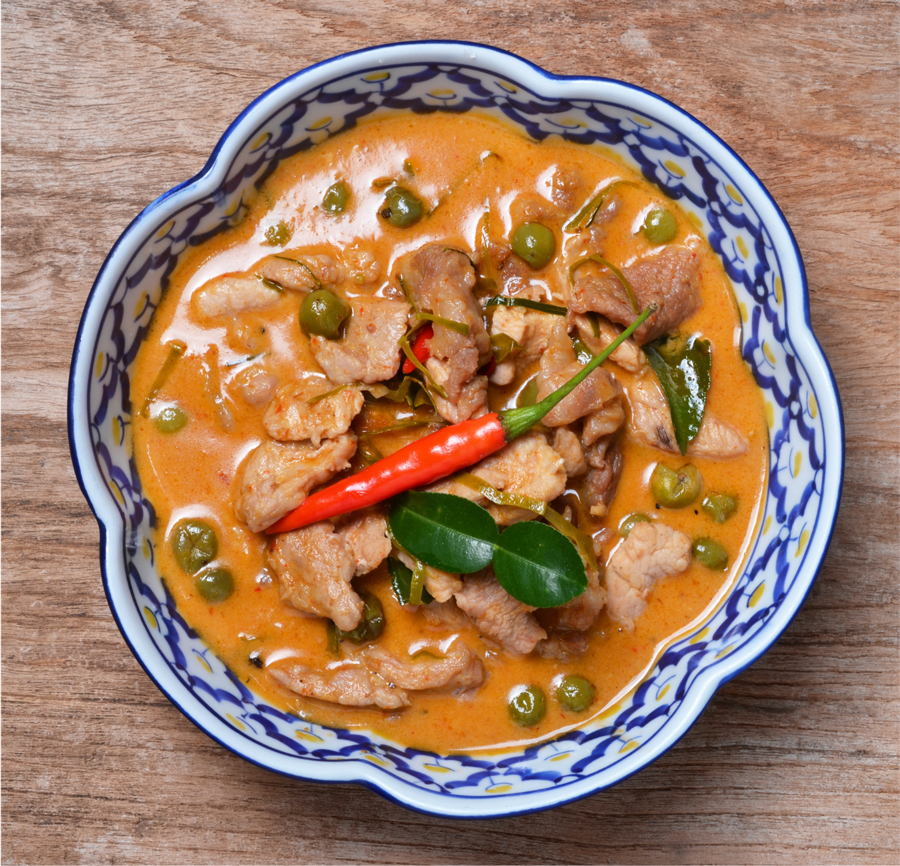
Chef Kevan Vetter
Thai red curry is a great example of a dish that exemplifies all the flavor principles found in Southeast Asia. It is fresh, rich, sweet, slightly sour, aromatic and spicy. A truly complete culinary tasting experience in one dish. Originating in Central Thailand the dish has generally kept its roots firmly planted in Thai tradition.
The key ingredients in a Thai red curry start with a red curry paste that contains red chili peppers, lemongrass, galangal, shallot, garlic, coriander root, makrut lime peel or leaves and spices such as cumin, coriander and black pepper. Additional ingredients needed to make this fragrant and flavorful curry include fish sauce, palm sugar, coconut milk, fresh vegetables, and a protein of choice.
The act of “frying” the curry paste in a little bit of oil or reduced coconut milk releases the flavors, oils and aromatics of the paste before adding the other ingredients. As you build the dish, the cook can balance the taste by adding ingredients like fish sauce to boost the saltiness, a bit more palm sugar to make it sweeter, or extra chiles to make it spicier. The dish can be finished with additional sliced chiles and torn Thai basil and served with jasmine rice for a perfect, good-for-the-soul classic Thai dish.
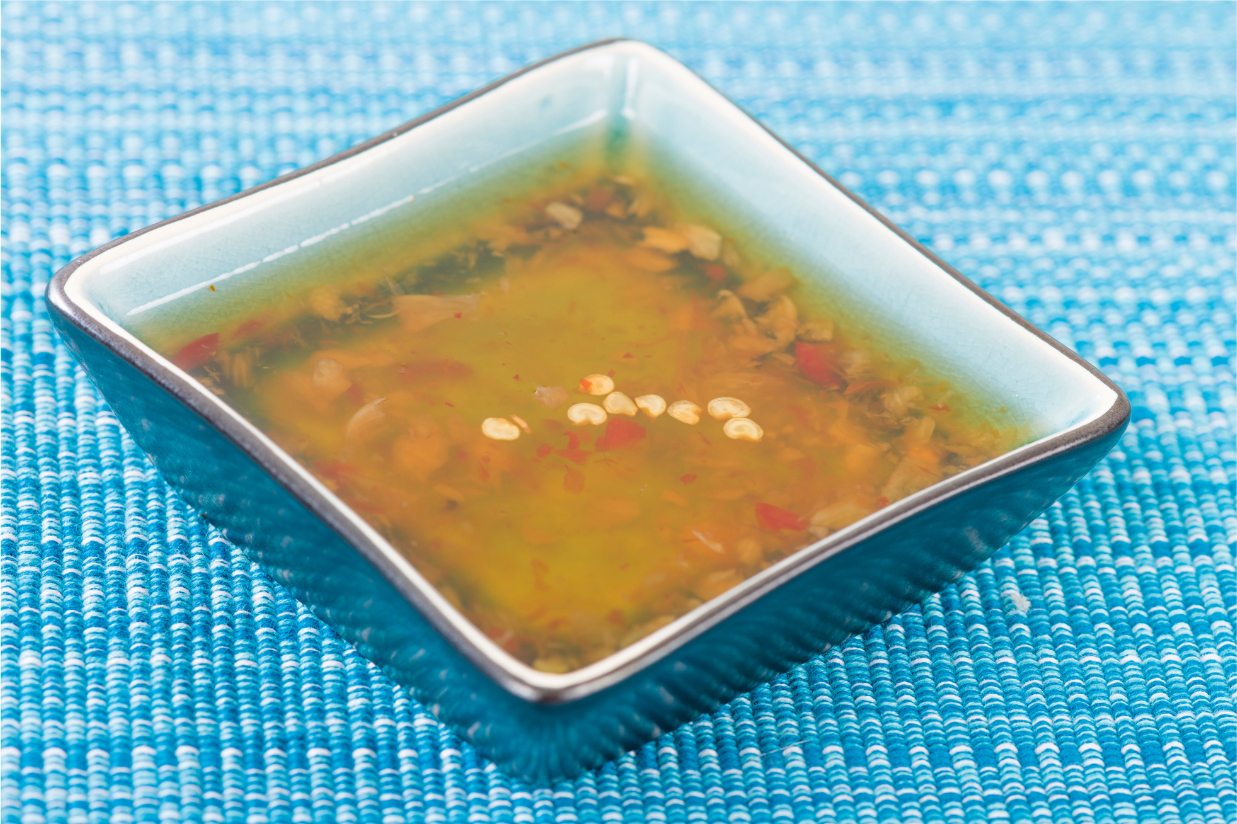 Chef RJ Harvey
Chef RJ Harvey
Nuoc Cham is a Vietnamese condiment found on many tables throughout the country. Nuoc Cham means dipping sauce and it has a rich history dating back over 300 years to the Champa Kingdom of the Cham people. It starts with fish sauce for the saltiness and umami, then it is balanced with fresh lime juice for sourness, palm sugar for sweetness, chilies for spiciness, and garlic for bitterness, fragrance and pungency. The result is a delicious concoction that pairs nicely with crispy potatoes, grilled/charred meats and steamed vegetables including America’s favorite vegetable - potatoes.
Part two of this story in the March Gold Medal Classroom will feature advice from these chef experts on how students can delve into the global fusion trend by using Asian cuisine as a starting point.
Don’t miss this issue’s complementary article, “Chefs weigh in on top culinary teaching topics for Asian cuisine.” This article explains what three professional chefs think culinary students should understand about global cuisines and why.
